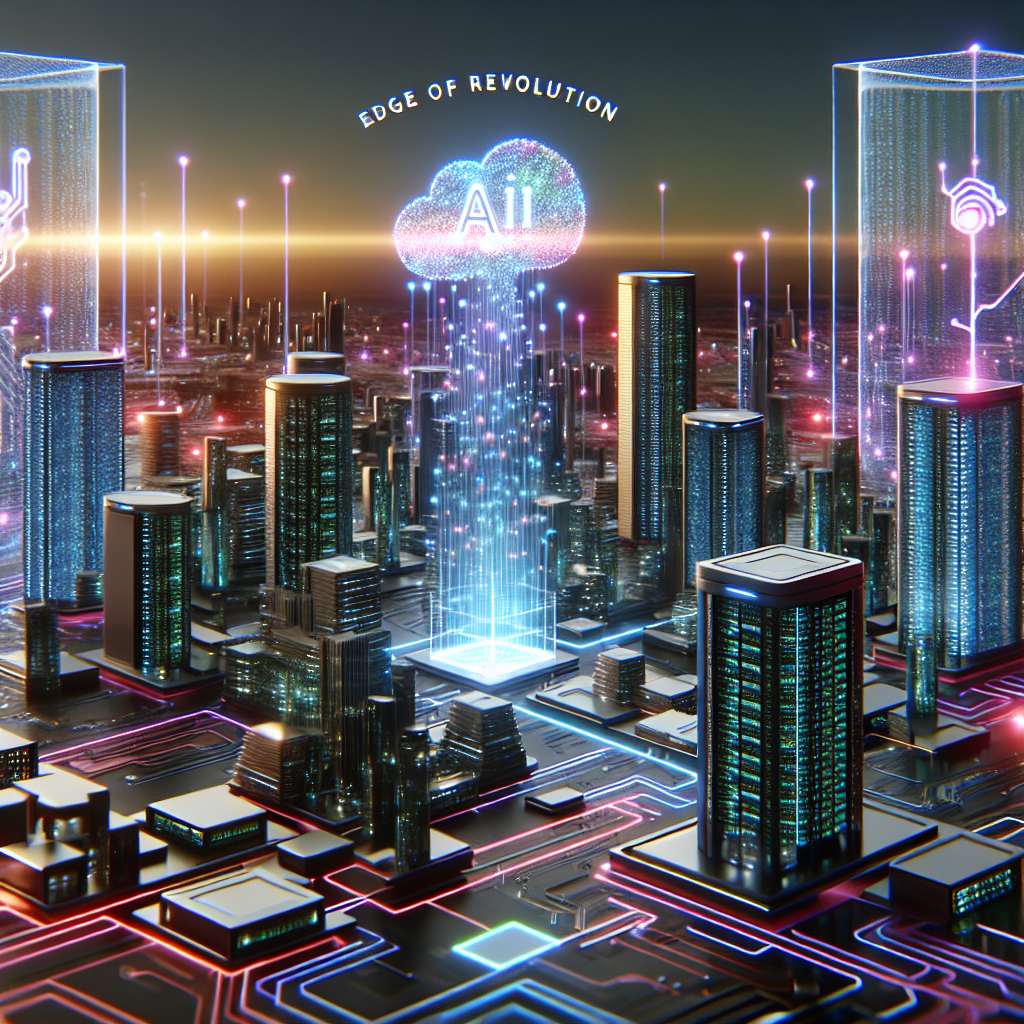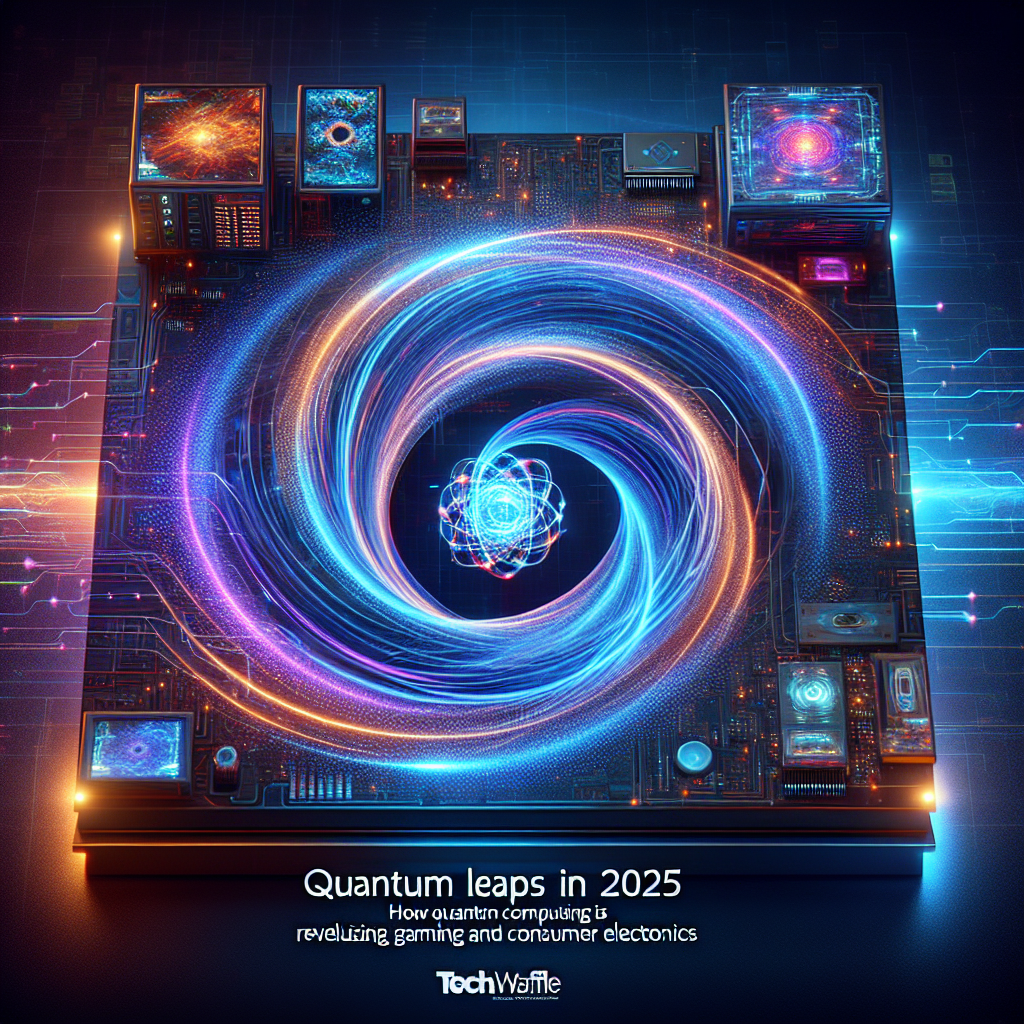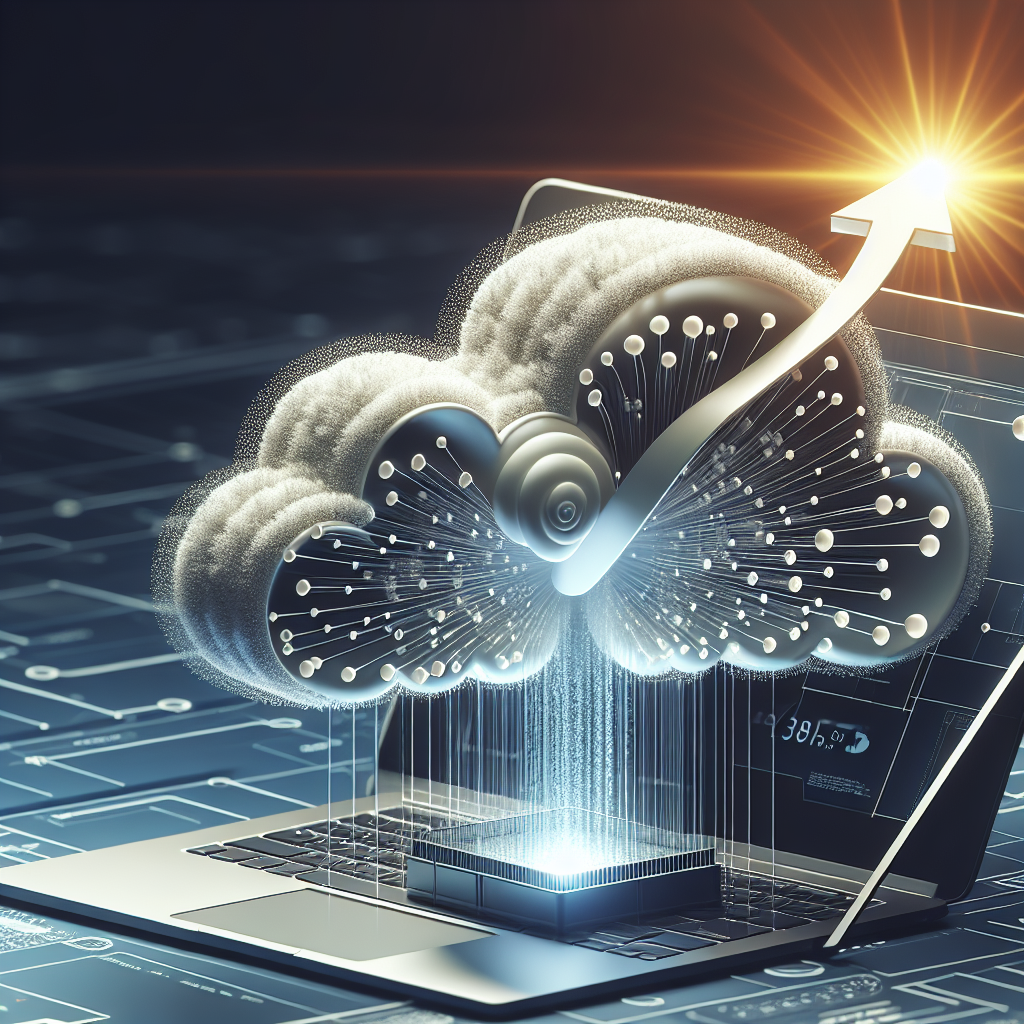Welcome to the edge revolution! The rapid advancement of artificial intelligence (AI) is forcing a seismic shift in computing demand, from traditional data centers to edge devices. But what does this mean for consumer electronics and gaming?
What's Driving This Shift?
The rise of AI has created a vast array of data-intensive applications, from AI training to smart manufacturing. However, these applications require low latency and high efficiency, making traditional data centers less optimal for every need. This is where edge computing steps in—by placing compute power closer to where data is created, it slashes latency and dramatically improves real-time decision-making.
How Does AI Work at the Edge?
Edge AI involves running AI algorithms on devices at the edge of the network, like smart home appliances, vehicles, and even IoT sensors. For instance, in manufacturing, AI can rapidly analyze data from cameras to detect defects, a task that requires almost zero latency. Yet, for complex AI model training, cloud backend support is necessary. This balance between edge and cloud is crucial, with cloud services from Amazon, Google, and Microsoft providing scalable processing power while devices at the edge manage real-time insights.
Consumer Electronics & Gaming on the Edge
In consumer electronics, edge AI can enable smarter home devices that run more efficiently and respond quicker to user inputs. For gaming, low latency and faster processing mean more immersive experiences, such as seamless cloud gaming or smart console controls that adjust to your playing style in real-time.
Facing the Challenges
While edge computing offers numerous advantages, it also presents challenges. Energy availability and cooling systems become critical as edge deployments require consistent and scalable power sources. Companies are turning to renewable energy and modular cooling solutions to address these issues, ensuring sustainable and resilient edge operations.
Looking Ahead
As AI continues to shape the future of computing, embracing a more decentralized approach means data centers won't be as central. Instead, we'll see a blend of large-scale cloud infrastructure supporting powerful AI applications and agile edge devices handling immediate, real-time data processing. This shift isn't just a change in technology; it’s a fundamental shift in how we approach computing.
So, buckle up for this edge revolution! The future of tech is not just about where we process data, but how we make it work smarter and faster for everyone.



